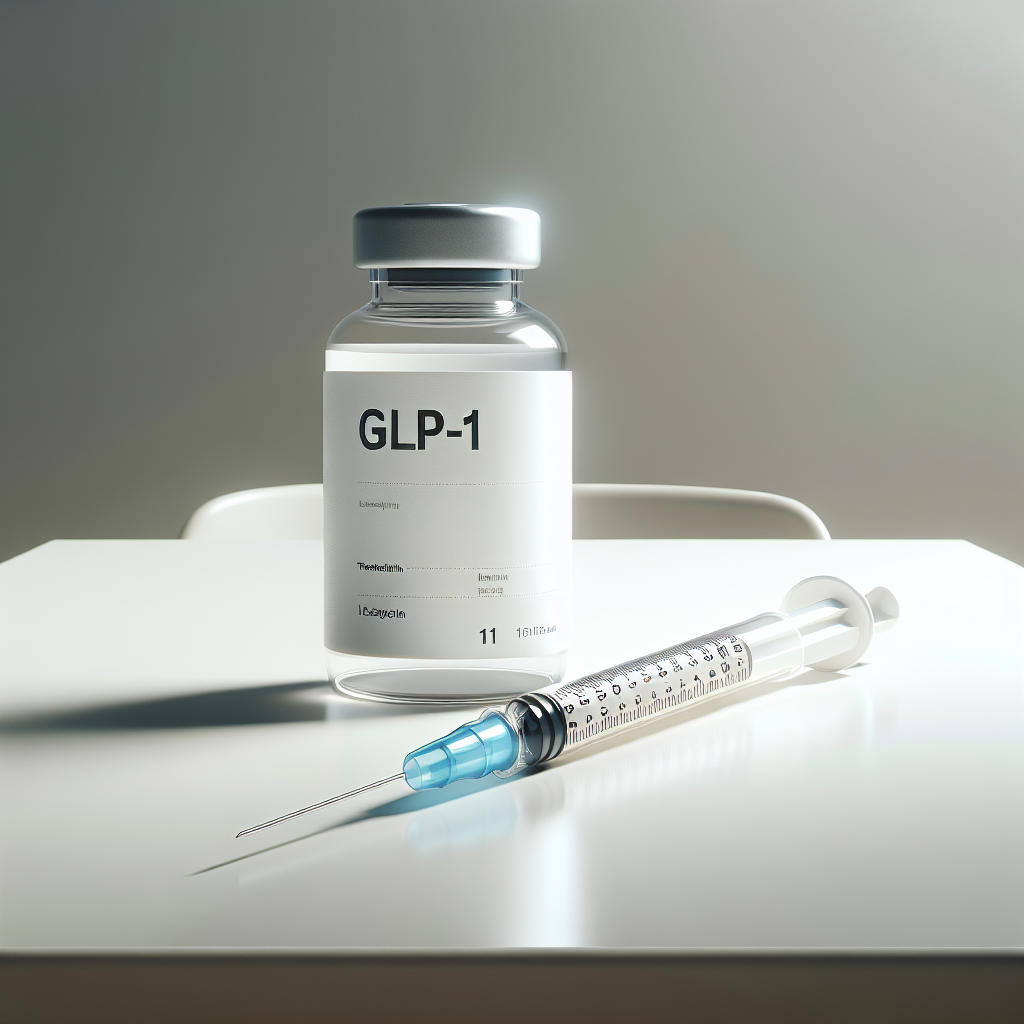The next significant development in weight loss medications isn’t about shedding pounds.
According to Wall Street Journal pharma reporter Peter Loftus, the upcoming surge in GLP-1 drug sales will be fueled by the discovery of new medical applications for these slimming treatments.
The leaders in the GLP-1 market are Novo Nordisk, which manufactures Ozempic and Wegovy, and Eli Lilly, known for Mounjaro and Zepbound. GLP-1 drugs mimic a gut hormone that regulates blood sugar and suppresses appetite. Initially sold to treat Type 2 diabetes, their use has expanded to address obesity.
However, with some health insurers hesitant to cover the treatments — which can cost up to $1,300 a month — solely for obesity, pharmaceutical companies are exploring these drugs for broader uses. They are being researched as potential treatments for heart, kidney, and liver diseases to expand insurance coverage, and these efforts are beginning to yield results.
In March, the Food and Drug Administration extended the approved use of Wegovy to include reducing heart risks for adults who are obese or overweight. This change allows Medicare to cover the drug, making it accessible to about 3 million more Americans.
BMO Capital Markets analysts project that the new use of Wegovy for heart conditions will generate an additional $3.2 billion in annual sales for Novo Nordisk.
In April, Eli Lilly reported that the drug behind Zepbound helped alleviate sleep apnea in patients with obesity during late-stage clinical trials. The company plans to seek FDA approval to expand the drug’s use to include treating the condition.
Jefferies analysts estimate this could boost Zepbound’s sales by $5 billion.
“It builds this wall of evidence,” Derek Asay, senior vice president of value and access at Eli Lilly, told Loftus about trials examining other uses for GLP-1 medications. “It helps give that reason to believe there’s more than weight loss here.”
The insatiable demand for these drugs has transformed Novo Nordisk and Eli Lilly into the world’s largest pharmaceutical companies by market cap. The high demand has led to ongoing shortages and even boosted Denmark’s GDP last year.
Morgan Stanley analysts predict the global market for these drugs will reach $105 billion by 2030.
